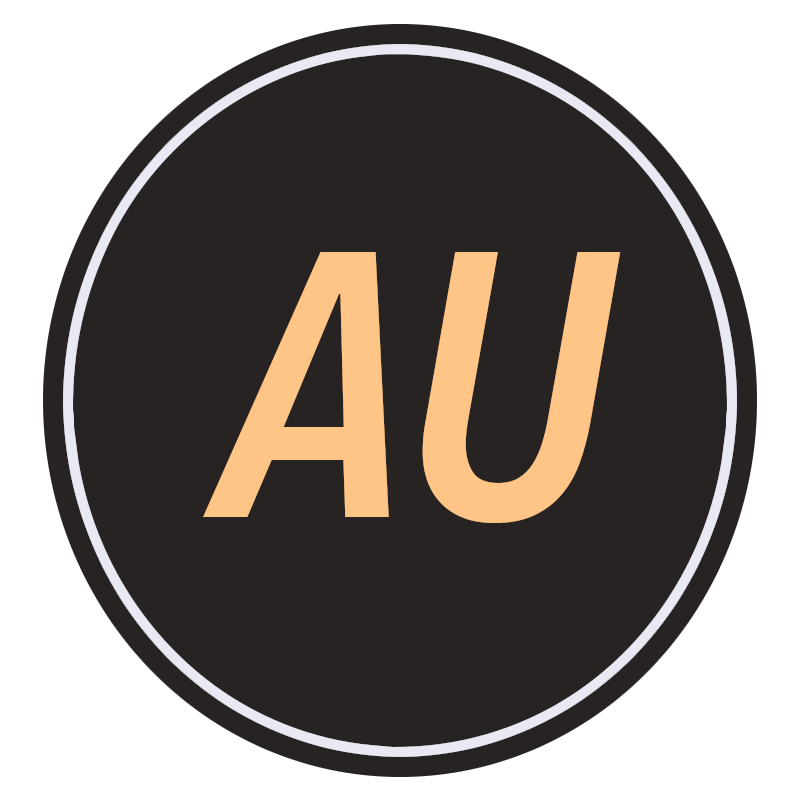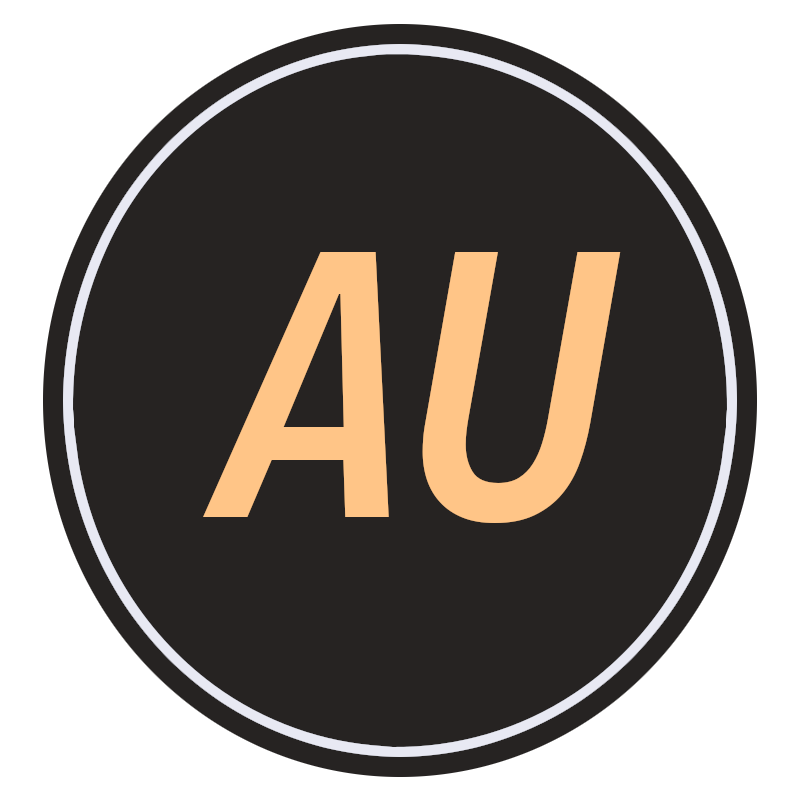CalyxOS - One Year of Use

Over the last couple of years I have tried to de-google as much as I can, particularly from my phone, which has been (and will continue to be for the foreseeable future) the biggest point of data collection for the excessive advertisements.
After looking over the Android alternatives, it seemed to me that CalyxOS would be the best mid-point of usability and privacy, so I got a second-hand Pixel 3XL to try it out on, initially running it alongside my regular stock Android device. With the move to Germany and getting a new number, I went all-in and started using Calyx full-time.
Forcing myself to look for FOSS alternatives to apps I was regularly using was both frustrating and refreshing in equal measure. For messaging: Signal was included by default, although literally one of my friends uses that; Telegram has a FOSS version that was available in F-Droid, but again suffers a lack of use.
Some things cannot be avoided, namely using the same messaging app as everyone else: WhatsApp. This is not easily worked around, so using the Aurora Google Play storefront is necessary. It works well; only occasionally asking for a Google account to backup to, and delaying message delivery only briefly while the MicroG services are navigated.
Having just moved to Germany, two things I (desperately) needed were assistance translating to and from German and help with navigation around a new city.
I cycled through a number of FOSS translation apps. They were not anywhere as good as I expected and needed. The majority of the year was spent using the mobile Google Translate site, before I started using the Deepl mobile app from Aurora.
I half-heartedly tried some variations of Open Street Map, but when you really need specific directions the mustard remains uncut. I traipsed back to Google Maps, in a designated Work profile (curtsey of Shelter, although in subsequent updates, this was included in CalyxOS).
Another issue was the camera: FOSS camera apps severely lacked in the capabilities of their proprietary competitors. I succumbed to installing Google's Camera app, blocked from phoning home via the CalyxOS Firewall app, for special occasions.
Generally speaking, FDroid provided sufficient apps for everything else I wanted to do, and forced me to find out about more FOSS projects (very welcome). Highlights included KDE's Itinery and KTrip.
For backups, I did not need to crawl back to Google Drive - I used Synology's Drive and Photos apps, which I self host, so all was right from the privacy side. I don't need every single setting and digital fingerprint backed up. This way only the absolutely necessary is kept.
The feature that I appreciated more than any others was the continued updates that the Pixel 3XL received long after Google had stopped supporting the device themselves. This made the phone much safer and contempary for so much longer than it would have been with stock Android.
Unfortunately, it has taken me the best part of a year to write these 500ish words, and in that time my 3XL bricked the bed and no longer works. I've gone back to a stock Android for the time being, and have considered returning to CalyxOS or trying another privacy-focused mobile OS. I don't think I shall: the effort required for it all is too much, and the watering down that I needed to do severely reduced the effectiveness of it all anyway. This is still very much a though-in-progress, so the results will remain to be seen.

